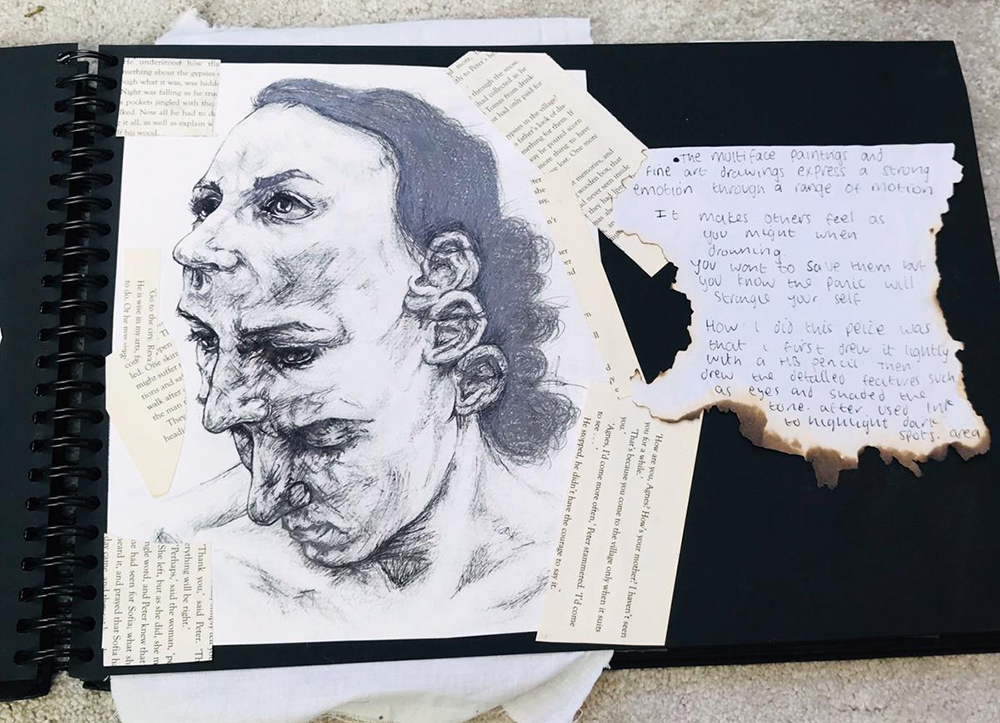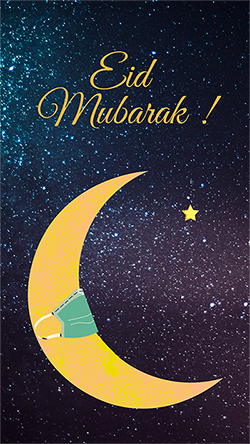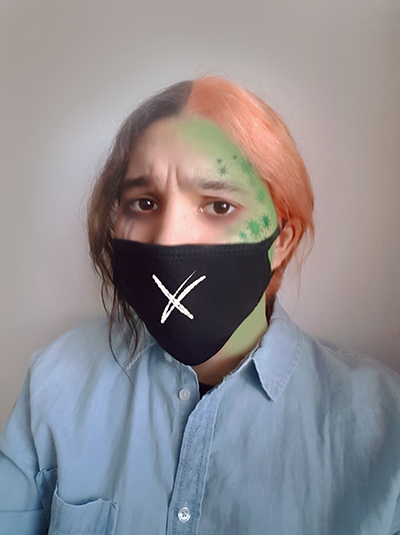Covid19 presents a major challenge to everyone, but the pandemic presents particular challenges for some of us who are forced to live away from our home country. Cov19: Chronicles from the Margins investigates the crisis as it unfolds from the perspectives of people who experience marginalisation: asylum seekers, refugees and the undocumented. Through participatory, creative methods, we chronicle myriad experiences through images, sounds and texts. These shared problems and opportunities, activities and hobbies, new learning and pleasures, hopes, dreams, fears, are reflections on time, love, discord, courage, isolation, deprivation and desperation. Together with our contributors, we are co-creating an archive of digital cultural so that those who are often invisible or silenced can be seen and heard. The project documents acts of artful and creative resistance to marginalisation, and resilient responses to multiple overlapping crises as they are experienced by those far from ‘home’. Such everyday acts of creative communication enabled by smartphones have been key to establishing and sustaining personal and collective resilience under lockdown. Creative expression defines a sense of self, anchors the individual in the moment, strengthens existing communities and forges new ones.
 Portrait of my mother: living under lockdown (Copyright - Amir Jafari)
Portrait of my mother: living under lockdown (Copyright - Amir Jafari)
While under lockdown, Amir, a 16 year old-refugee boy drew his mother after the style of artist, David Therron. He describes the picture in terms of watching someone drown but being unable to save them, due to panic. It is a deeply personal depiction of his mother and the many journeys they have endured to find safety and security. It expresses metamorphosis, at the same time conveying time and movement inside space. Looking at the eyes open, then downcast, then closed conveys a sense of the extinction of self. The line through the ear appears like a waterline. Lockdown and isolation, for some asylum seekers and refugees, brings back painful memories with unparalled intensity.
 Eid Mubarak Under Lockdown
Eid Mubarak Under Lockdown
This year, Ramadan, the Islamic 40-day ritual of fasting occurred under lockdown. Eid, the global celebration of the end of the fasting period is usually a joyous occasion when family and friends get together and embrace. Visiting relatives to drop off sweets and presents and exchange intimacies at 10-15 metres apart does not feel natural. This year under social distancing the usual physical intimacies of hugging were not possible. This Eid Mubarak digital card, designed by Thanu, herself a Sinhalese Buddhist, offers warm greetings and best wishes to her Muslim friends with wry humour. She coveys a sense of solidarity and loss of a sense of community. Thanu stresses the vital importance of simple, every day acts of solidarity with neighbours that have sustained her through lockdown.
 'Anguish' by Andrea Ibarra-Abreu
'Anguish' by Andrea Ibarra-Abreu
Andrea, an 18-year old art student, represents COVID19 quarantine with a photo called 'Anguish'. Fleeing political persecution, she recently moved to the UK with her family from Venezuela. This self-portrait provokes a profound sensation in the viewer as the troubled eyes stare out commanding our attention. The two hair colours suggest conflicting emotions – safety and danger, disease and health. The self-portrait is surrounded by an invisible energy and sense of threat, that cannot be seen but are nevertheless conveyed.
This beautiful, evocative video film, created by a group of Syrian refugees living in Malaysia, is framed around Mwaffaq’s poem to Mother Earth. Bringing together reflections on multiple overlapping crisis around inequality, migration, health and environment, the film takes us on a journey around the lonely streets of Kuala Lumpur. It is a stunning response to Covid with a powerful original music score mixing Tango and classical Arabic tunes which sets the tone of the film. The juxtaposition of the public, physical built environment contrasts with a very private, intimate interior poetic landscape. Here lies its power and effect. The translation of the Arabic into English subtitles creates a dialogue inside the film between the soundscape, the human voice which sounds like music, and the written text. As we travel through the streets, we are struck by a sense of absence – the absence of people, crowds the hustle and bustle of city life but also the visibility of the new street royalty. The homeless have become the princes and princesses of the street, owning them alongside stray cats and dogs.

Rate and Review
Rate this article
Review this article
Log into OpenLearn to leave reviews and join in the conversation.
Article reviews